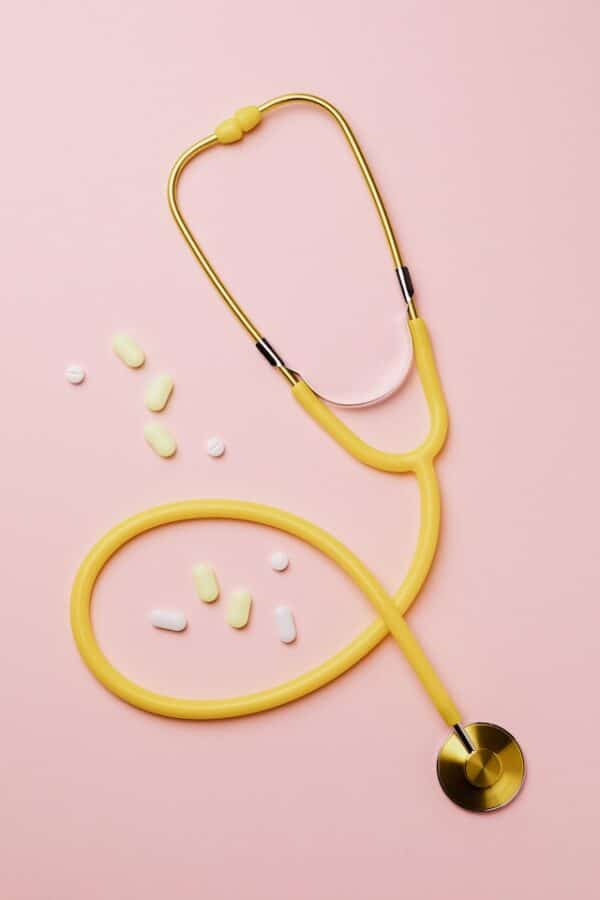
Steps to Zero Waste
Recently I started reading Anita Vandyke’s book, “A Zero Waste Life in Thirty Days.” She provides solid reasons about why we should reduce our waste in all areas of our life. Most importantly, it’s good for the environment. However, she’s the first to admit that she started this journey because she needed to save money. It’s a win-win. She also realizes that not everyone can jump to zero waste right away, so she offers three different levels of waste reduction for each of her tips.
Reducing, Lowering and Ending Up At Zero Waste
I really appreciated this simple strategy that she implement. In some areas, I can certainly go zero waste. However, she offers tips for all areas of life. There are some where I’m just not feasibly going to reduce my waste to zero. By offering two alternative levels of waste reduction, she helps me save money and improve the planet in realistic ways. And I don’t have to feel bad about not jumping straight to zero waste.
Reducing Waste
Level one is simply finding ways to reduce your waste in each category. These are usually (although not always) easy changes. The biggest one is to find a way not to use plastic. It’s terrible for the environment. So, for example, use a refillable water bottle instead of buying small plastic water balls. Use a steel straw or no straw instead of a plastic straw.
Lowering Waste
The next level takes things up a bit to more significantly lower your waste. For example, instead of simply refusing a straw for your take-out coffee drink, also refuse the cup that it comes in. In other words, sit down and drink at the cafe instead of using any disposable cup. (Of course, you could reduce waste by getting a reusable coffee cup as well.)
Zero Waste
Vandyke suggests creating a zero waste kit to take with you everywhere that you go. It includes reusable cotton bags including produce bags, reusable coffee and water cups, a stainless steel straw, a cloth napkin, reusable cutlery, and a reusable glass jar for leftovers, snacks, and food such as smoothies.
Examples of Reducing to Zero Waste
I’ve shared the water, coffee, and food examples above. However, there are tips in this book for all areas of life. Here are a few more examples.
Preventing Food Waste
- Reduced: Create an “eat me” first container for produce that’s about to go bad. Also, learn the difference between a “use by” and “best by” date.
- Lower: Shop your pantry. Always freeze leftovers.
- Zero waste: Use meal planning to only buy what you need. Use up everything in the fridge and pantry before buying more.
Embrace Minimalism
- Reduced stuff: Donate CDs, DVDs, and other obsolete technology. Go paper-free.
- Lower stuff: Get rid of photo albums as well as books for digital versions.
- Zero stuff: Live a car-free life. Borrow items like tools instead of buying them.
This is an example where I’m going to personally stay at reduced stuff. I like limited clutter. I also like books I can read in print and I love my physical photo albums. That said, I’ve lived car-free for over 15 years.
Trash Bags/ Liners
- Reduced: Buy compostable bin liners. Reduce trash in favor of recycling and composting.
- Lower: Use newspaper to line your trash can instead of using a plastic bag.
- Zero waste: Use a single glass jar for trash. Challenge yourself to throw out no more than this each week.




